Sundried tomato paste is a versatile and flavorsome condiment that can enhance a myriad of dishes, from pasta sauces to spreads, dips, and even as a pizza topping. While store-bought options are readily available, making your own sundried tomato paste at home allows you to control the quality of ingredients and tailor the final product to suit your personal taste preferences. In this article, we will guide you through the process of making DIY sundried tomato paste, helping you elevate your culinary creations to new heights. 1. Sourcing the Best Tomatoes: The foundation of a great sundried tomato paste lies in selecting the right tomatoes. Opt for ripe and flavorful varieties such as Roma or San Marzano.

.
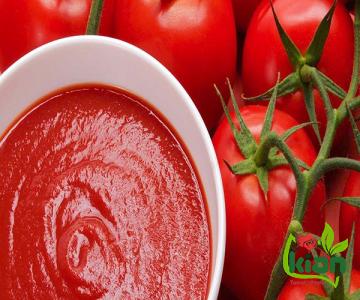 These tomatoes have a rich, concentrated taste and fewer seeds, making them perfect for sundrying. It is best to use fresh tomatoes, preferably from your garden or local farmers’ market, as they will yield a superior final product. 2. Preparing the Tomatoes: Before sundrying, it is essential to prepare your tomatoes properly. Wash and dry them thoroughly, removing any dirt or impurities. If desired, you can peel the tomatoes to achieve a smoother paste. To do this, score an “X” on the bottom of each tomato and blanch them in boiling water for a few seconds. Then, transfer them to an ice bath before peeling off the skins. Removing the seeds is optional but recommended for a smoother paste. 3. Sundrying the Tomatoes: Traditionally, sundried tomatoes are left out in the sun and air-dried over several days. However, if you live in an area without sufficient sunlight or need a quicker process, an oven can provide an excellent alternative.
These tomatoes have a rich, concentrated taste and fewer seeds, making them perfect for sundrying. It is best to use fresh tomatoes, preferably from your garden or local farmers’ market, as they will yield a superior final product. 2. Preparing the Tomatoes: Before sundrying, it is essential to prepare your tomatoes properly. Wash and dry them thoroughly, removing any dirt or impurities. If desired, you can peel the tomatoes to achieve a smoother paste. To do this, score an “X” on the bottom of each tomato and blanch them in boiling water for a few seconds. Then, transfer them to an ice bath before peeling off the skins. Removing the seeds is optional but recommended for a smoother paste. 3. Sundrying the Tomatoes: Traditionally, sundried tomatoes are left out in the sun and air-dried over several days. However, if you live in an area without sufficient sunlight or need a quicker process, an oven can provide an excellent alternative.
..
 Arrange your prepared tomatoes on a baking sheet and place them in a well-ventilated area or at the lowest oven temperature setting (around 140°F or 60°C). Depending on the method used, the drying process can take anywhere from 8 to 24 hours. The tomatoes should shrink and become leathery but still retain some moisture. 4. Blending and Preservation: Once your tomatoes are properly sundried, it’s time to transform them into a delectable paste. Place the dried tomatoes in a food processor or blender, along with a small amount of olive oil, garlic, salt, and your choice of herbs or spices for added flavor. Blend until you achieve a smooth and thick consistency. Adjust the ingredients to suit your preferences and experiment with combinations that suit your desired taste profile. Store the paste in sterilized jars and refrigerate for up to a month. For longer shelf life, consider freezing the paste in small portions.
Arrange your prepared tomatoes on a baking sheet and place them in a well-ventilated area or at the lowest oven temperature setting (around 140°F or 60°C). Depending on the method used, the drying process can take anywhere from 8 to 24 hours. The tomatoes should shrink and become leathery but still retain some moisture. 4. Blending and Preservation: Once your tomatoes are properly sundried, it’s time to transform them into a delectable paste. Place the dried tomatoes in a food processor or blender, along with a small amount of olive oil, garlic, salt, and your choice of herbs or spices for added flavor. Blend until you achieve a smooth and thick consistency. Adjust the ingredients to suit your preferences and experiment with combinations that suit your desired taste profile. Store the paste in sterilized jars and refrigerate for up to a month. For longer shelf life, consider freezing the paste in small portions.
…
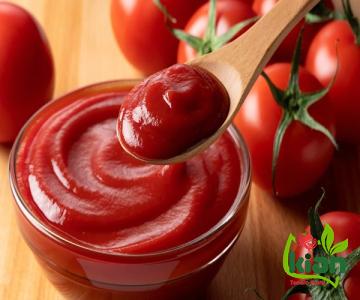 5. Creative Uses for Sundried Tomato Paste: Now that you have your homemade sundried tomato paste, it’s time to savor its richness and versatility. You can incorporate it into pasta sauces, soups, stews, salad dressings, or use it as a spread on sandwiches and wraps. It also pairs wonderfully with cheese, olives, and cured meats, making it a perfect addition to charcuterie boards or antipasto platters. Let your creativity run wild and experiment with various recipes to discover new ways to enjoy this flavorful condiment. Conclusion: Making DIY sundried tomato paste is a rewarding culinary endeavor that allows you to savor the concentrated flavors of those vibrant, sun-drenched tomatoes year-round. By following these tips, you can ensure a successful and delicious outcome. So, gather your ripe tomatoes, bask in the sun (or oven), and prepare to embark on a flavorful journey with your very own homemade sundried tomato paste.
5. Creative Uses for Sundried Tomato Paste: Now that you have your homemade sundried tomato paste, it’s time to savor its richness and versatility. You can incorporate it into pasta sauces, soups, stews, salad dressings, or use it as a spread on sandwiches and wraps. It also pairs wonderfully with cheese, olives, and cured meats, making it a perfect addition to charcuterie boards or antipasto platters. Let your creativity run wild and experiment with various recipes to discover new ways to enjoy this flavorful condiment. Conclusion: Making DIY sundried tomato paste is a rewarding culinary endeavor that allows you to savor the concentrated flavors of those vibrant, sun-drenched tomatoes year-round. By following these tips, you can ensure a successful and delicious outcome. So, gather your ripe tomatoes, bask in the sun (or oven), and prepare to embark on a flavorful journey with your very own homemade sundried tomato paste.



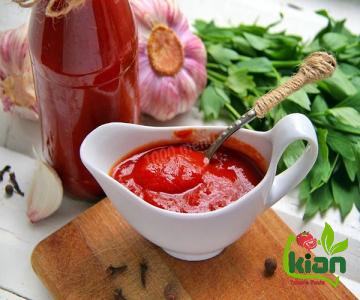
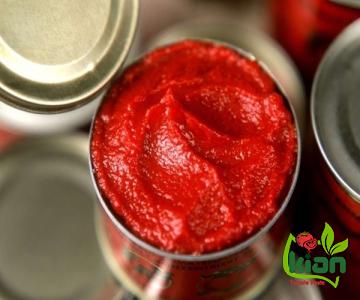
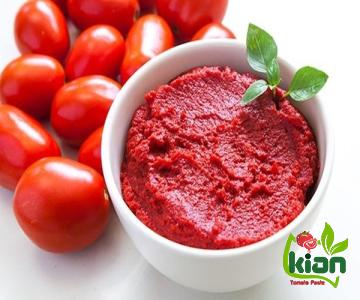
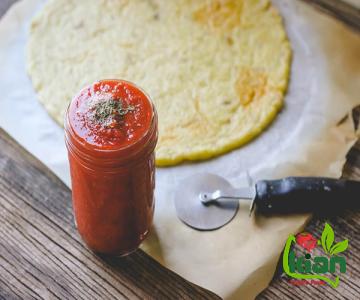


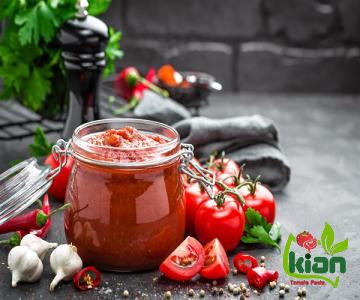
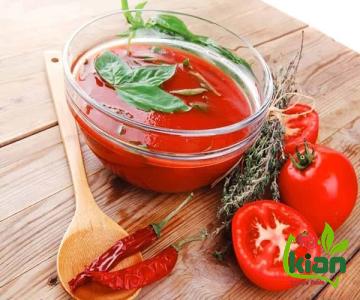
Your comment submitted.